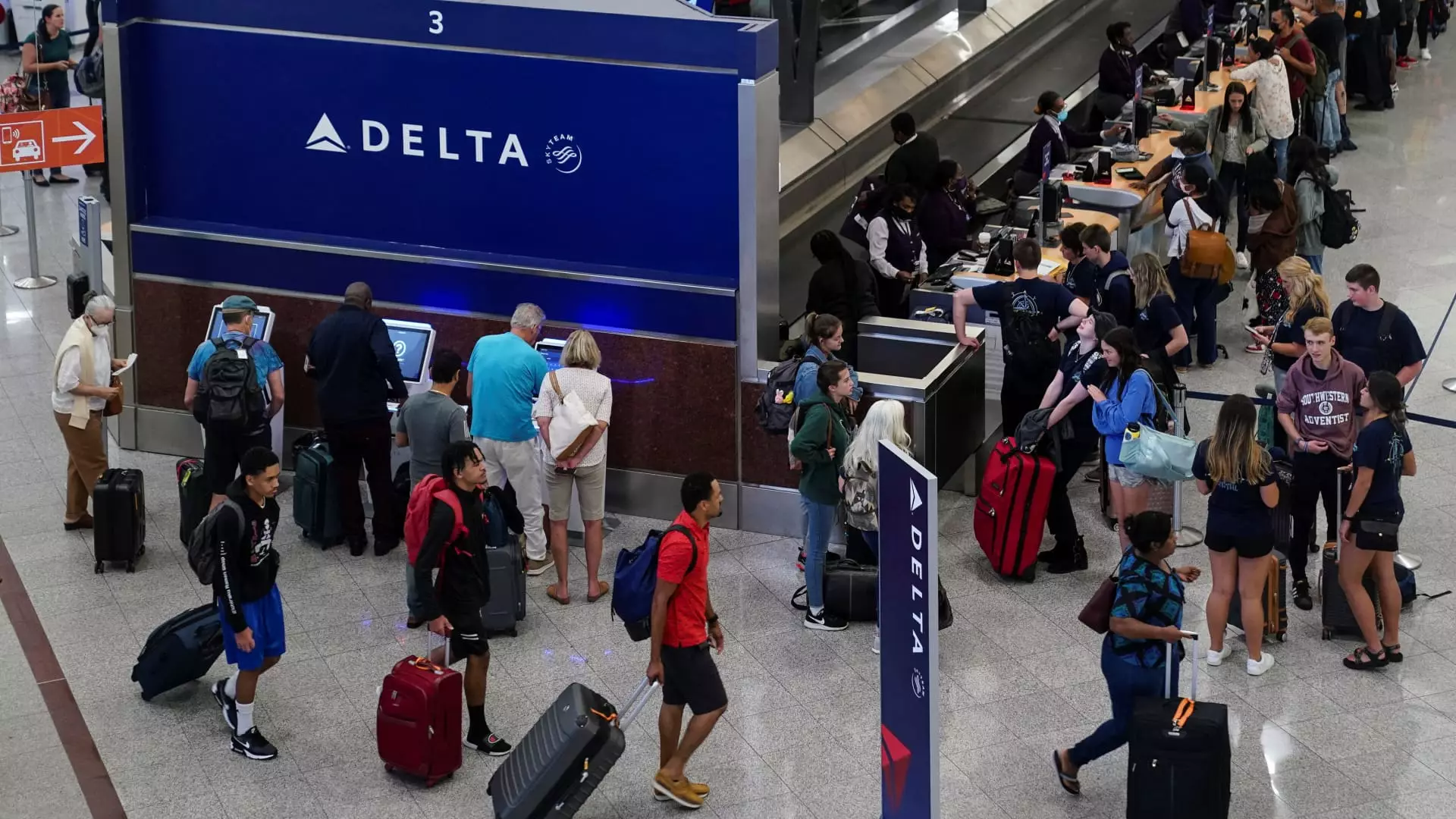The aviation industry has faced a series of safety issues recently, from high-profile incidents like the Boeing 737 Max 9 door plug incident to United Airlines’ safety review with the Federal Aviation Administration. Despite these concerns, airline executives remain confident in the industry’s demand. United Airlines, Delta Air Lines, American Airlines, and Southwest Airlines all report strong demand for flights, with record numbers of travelers expected this summer. This resilience in demand comes even as airlines navigate persistent inflation, high costs of fuel and labor, and increased scrutiny from the public and regulators.
Airlines traditionally make the bulk of their revenue in the spring and summer, and this year is no different. Despite the challenges faced by the industry, carriers are finding ways to generate revenue by offering more options to customers. Premium revenue growth in first class and business-class cabins has outpaced sales from standard coach for years. Carriers like Delta, United, and American are investing in upgraded cabins and lounges to cater to travelers willing to pay more for higher-priced tickets or elite status. Additionally, airlines are exploring ways to further segment the front of the plane, providing customers with more choice and opportunities for monetization.
Competition in the aviation industry remains fierce, with carriers constantly looking for ways to differentiate themselves and attract customers. Delta’s focus on premium revenue growth and the introduction of a new exclusive tier of airport lounge demonstrate the company’s commitment to innovation and customer satisfaction. Executives across different airlines are working on strategies to increase revenue and enhance the flying experience for passengers. Despite challenges such as higher capacity, limited airplane availability, and rising costs, airlines are adapting to the changing market dynamics and leveraging customer preferences to stay competitive.
Looking ahead, the aviation industry is poised for continued growth and evolution. With strong demand for flights, particularly in the spring and summer seasons, airlines are investing in new technologies, services, and customer experiences to stay ahead of the competition. The industry’s ability to navigate safety concerns, rising costs, and market challenges while still delivering record travel numbers is a testament to its resilience and adaptability. As airlines continue to innovate and respond to changing consumer needs, the future of the aviation industry looks promising, with opportunities for expansion and revenue generation on the horizon.

Leave a Reply